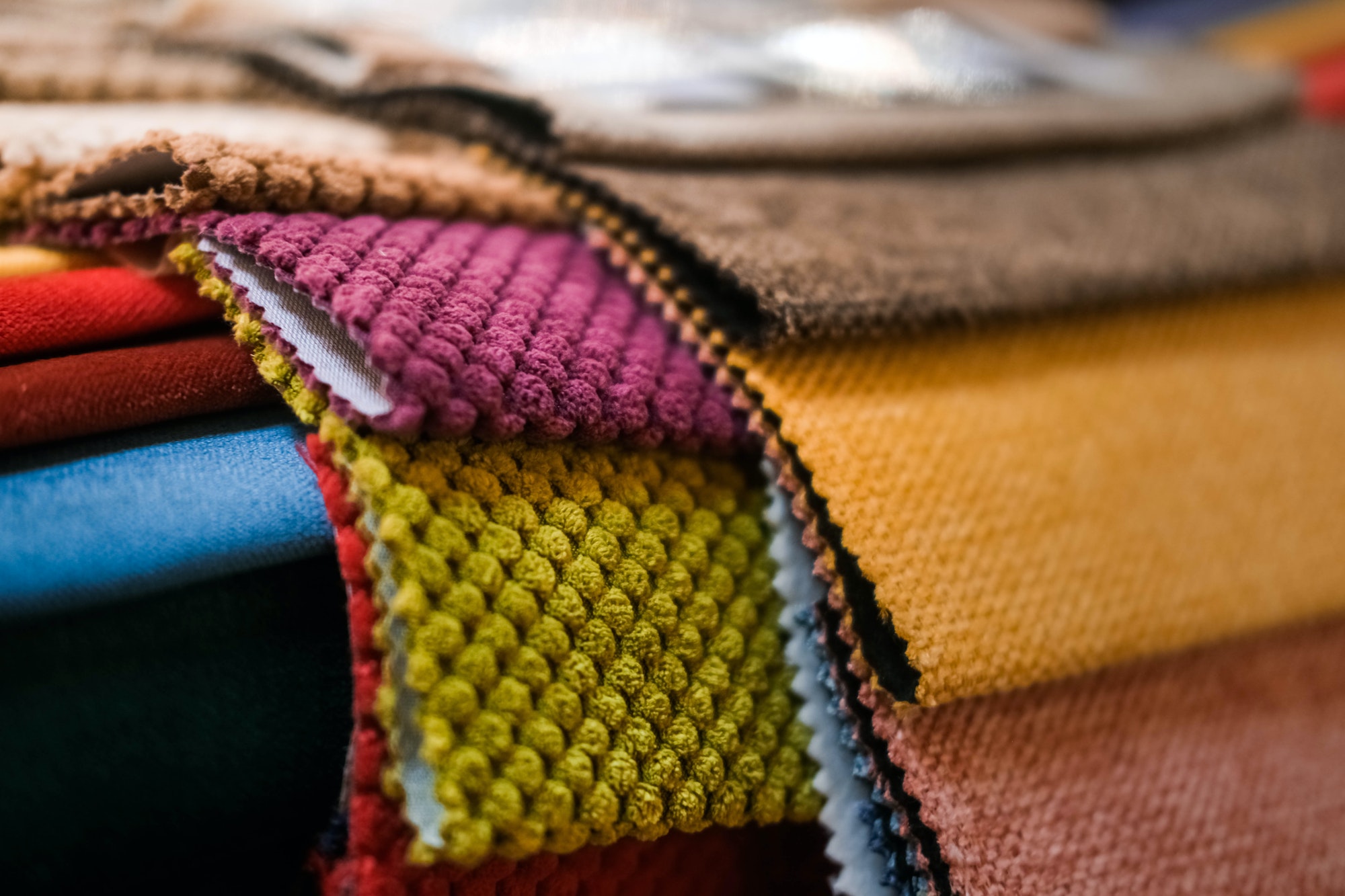When it comes to sewing projects, scraps of fabric are inevitable. No matter how well you plan your pattern or how efficiently you cut, there will always be remnants left behind. But before you toss them into the trash, consider this: those seemingly useless pieces of textile could be the main ingredient for your next craft project.
The world of crafting is a vast and creative realm that thrives on repurposing and recycling materials. Sewing scraps, with their varied textures, colors, and patterns, are prime candidates for this kind of creativity. Whether they’re cotton, silk, denim, or flannel, every piece has potential.
One of the most popular ways to use fabric scraps is in patchwork projects. Quilts, cushions, tote bags – all can be created using small pieces stitched together. This style not only serves as a practical method to use up scraps but also adds a unique and vibrant aesthetic to the final product.
For those who enjoy knitting or crocheting, scraps can be turned into yarn. Strips of fabric can be twisted together and used in place of traditional yarn to create rugs, mats, baskets, or even clothing items like scarves and hats. This technique gives these crafts a rustic charm and a robust texture.
Jewelry making is another avenue where fabric scraps can shine. Wrapped around beads or braided into cords, textiles add an interesting visual element to necklaces, bracelets, and earrings. Combine them with other recycled materials like beads from old jewelry or buttons for an eclectic look.
The art of decoupage uses small pieces of material – paper traditionally – to decorate objects. Fabric scraps can be used in the same way to customize furniture, picture frames, boxes, and more. Coat the item with glue, apply the scraps in your desired pattern then seal with another layer of glue.
Even the tiniest of scraps have their uses. Stuffed into a handmade pillow or pouf, they serve as an eco-friendly alternative to synthetic filling materials. Mixed with compost they can help improve soil quality in your garden.
Aside from the creativity that using sewing scraps encourages, it’s also a practice that promotes sustainability. In a world where fast fashion and waste are prevalent issues, every little bit we do helps. By repurposing our fabric remnants we’re not just reducing waste but also lessening the demand for new textiles.
So next time you finish a sewing project and find yourself with a pile of leftover fabric – don’t see it as trash. See it as an opportunity for your next crafting adventure.


